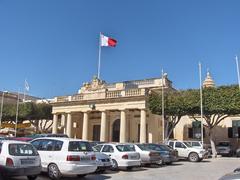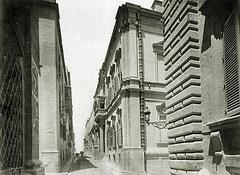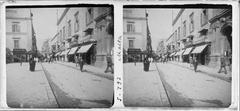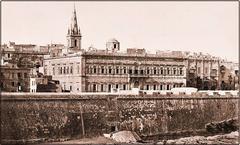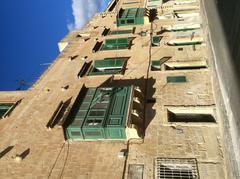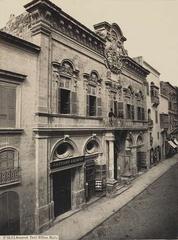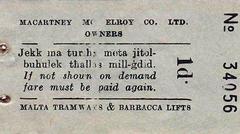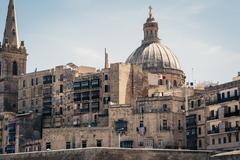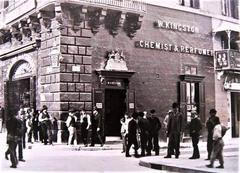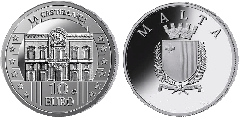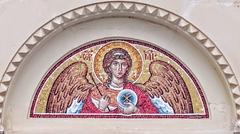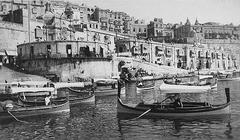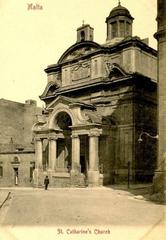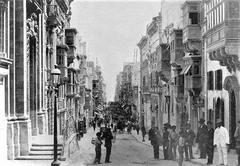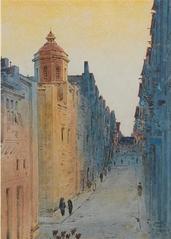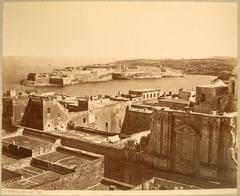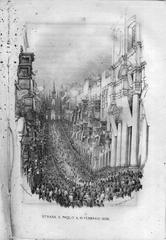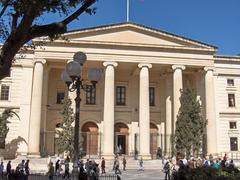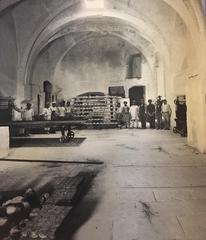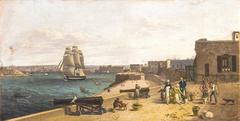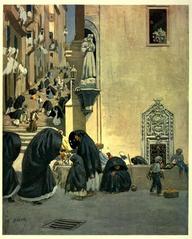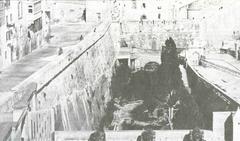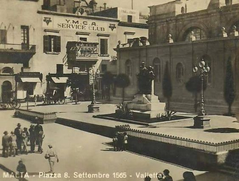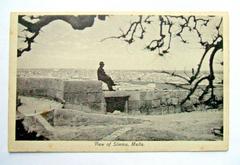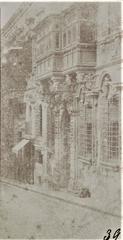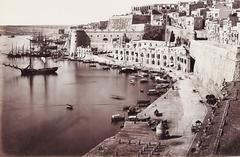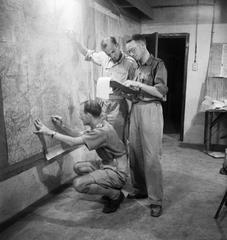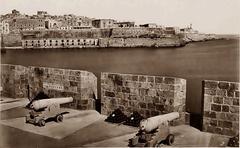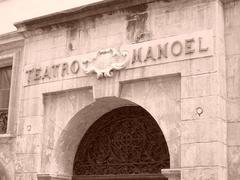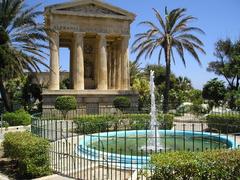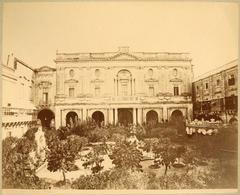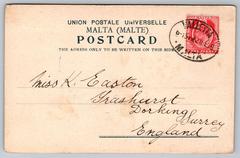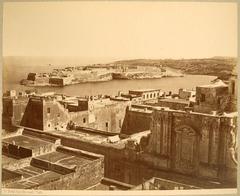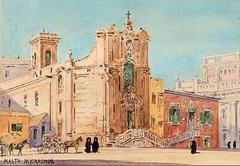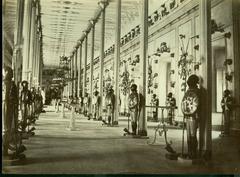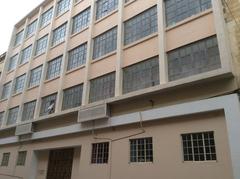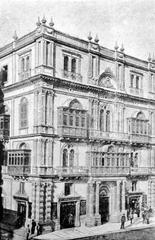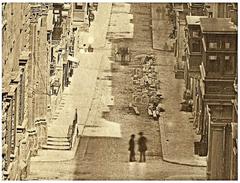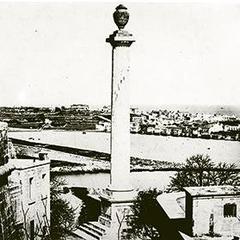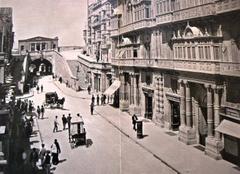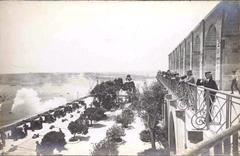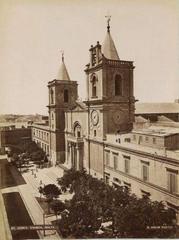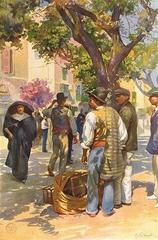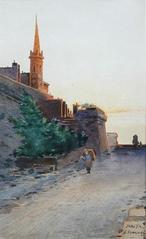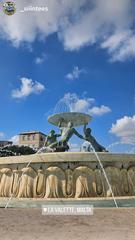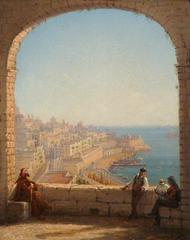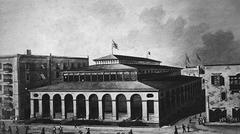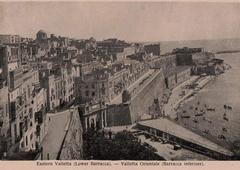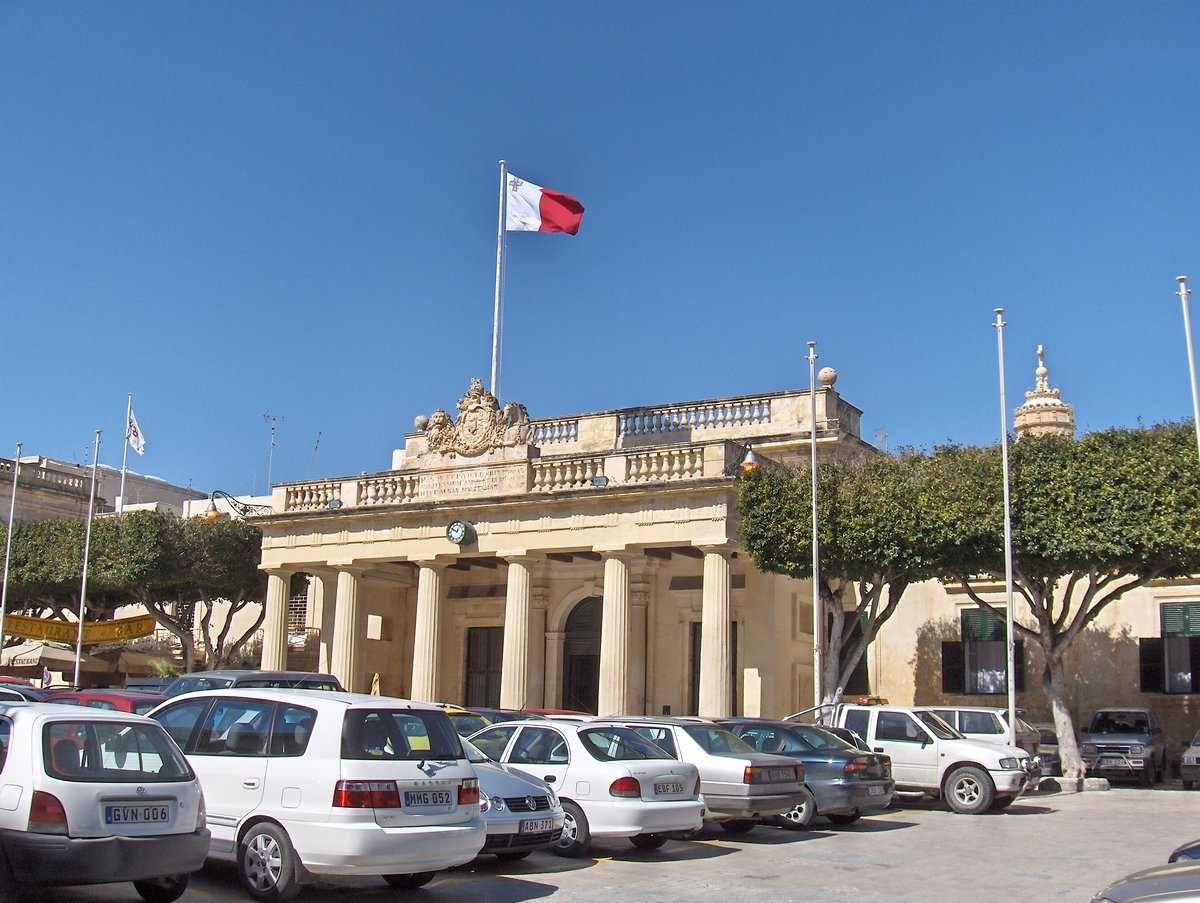
Main Guard Valletta Malta: Visiting Hours, Tickets, History & Guide
Date: 14/06/2025
Introduction
The Main Guard in Valletta, Malta, stands as an iconic testament to the island’s multifaceted past. Erected in 1603 as the Grand Master’s personal guardhouse by the Knights of St. John, this landmark has witnessed the transformation of Valletta from a fortified stronghold to a British colonial garrison, and, today, a vibrant UNESCO World Heritage capital. Occupying a prime location in St. George’s Square—opposite the Grandmaster’s Palace—the Main Guard fuses military, architectural, and social heritage, offering an essential stop for history enthusiasts and travelers alike.
This guide details everything you need to know about Main Guard Valletta visiting hours, tickets, guided tours, accessibility, and historical context. You’ll also find recommendations for nearby attractions and tips to enrich your visit, whether you’re exploring the city’s hidden stories or its renowned landmarks. Updated information can be found on the Heritage Malta website and via the Audiala app, which offers immersive audio tours.
Table of Contents
- Historical Overview
- Cultural Significance & Social Context
- Visiting Information
- Architectural Features
- Events, Dining & Amenities
- Frequently Asked Questions (FAQ)
- Summary & Key Takeaways
- Sources
Historical Overview
Knights of St. John Era (1603–1798)
The Main Guard was originally constructed in 1603 by the Knights of St. John. It served as the headquarters for the Grand Master’s personal bodyguards—strategically positioned in St. George’s Square, directly facing the Grandmaster’s Palace. The robust limestone structure was designed for military functionality and ceremonial authority, central to Valletta’s daily operations (GuideMeMalta).
British Period & Architectural Transformation (1800–20th Century)
After the British assumed control in 1800, the Main Guard retained its guardhouse function, now serving the British Governor. Governor Sir Thomas Maitland commissioned a neoclassical Doric portico in 1814, transforming the façade to reflect British tastes and establish colonial presence. A prominent Latin inscription—“Magnæ et invictæ Britanniæ / Melitensium amor et Europæ vox / has insulas confirmat. A.D. 1814”—and the Royal coat-of-arms were added, visually signifying the shift in power (Very Valletta).
Throughout the 19th and 20th centuries, the Main Guard became central to Malta’s civic and ceremonial life, hosting changing-of-the-guard events—a British tradition revived in 2010 by the Armed Forces of Malta (Colour My Travel). The building also housed Malta’s first public electric clock atop its façade, symbolizing the island’s modernization.
Murals, Graffiti & Restoration
One of the Main Guard’s unique features is its collection of over 300 murals and graffiti, created by British soldiers between 1814 and the early 1970s in the Officers’ Mess. These artworks—regimental badges, caricatures, and everyday scenes—offer rare personal insights into Malta’s garrisoned history (Times of Malta).
After independence, the Main Guard served various administrative functions, including as the Libyan Cultural Centre and offices for the Attorney General. Restoration efforts led by Heritage Malta since 2009 are preserving both the structure and its artistic heritage, with plans for a public interpretation centre (Heritage Malta).
Cultural Significance & Social Context
The Main Guard is more than a historic building; it embodies Malta’s layered colonial and social history. Its architectural evolution—from Knights’ utilitarianism to British neoclassicism—mirrors the island’s shifting allegiances and identities. The building was a hub for soldier-civilian interaction, especially with nearby Strait Street, and its murals reflect these social dynamics.
Today, the Main Guard remains a venue for public events and cultural ceremonies, symbolizing continuity and the blending of Malta’s diverse heritage (Colour My Travel).
Visiting Information
Hours & Tickets
- Visiting Hours: Tuesday–Sunday, 9:00 AM–5:00 PM. Closed Mondays and public holidays.
- Tickets: Entry is often free or included in Valletta’s combined heritage ticket (€10/adult; discounts for students and seniors). Confirm current arrangements on Heritage Malta.
Guided Tours & Accessibility
- Guided Tours: Available daily, often at 10:30 AM and 2:30 PM. Tours illuminate the building’s history and mural art; booking ahead is recommended, especially in peak season.
- Accessibility: The building is wheelchair accessible, equipped with ramps, an elevator, and accessible restrooms.
Location & Travel Tips
- Address: St. George’s Square (Pjazza San Ġorġ), Valletta—opposite the Grandmaster’s Palace.
- Getting There: Easy walk from Valletta’s main bus terminal; nearby attractions include St. John’s Co-Cathedral, National Museum of Archaeology, and Upper Barrakka Gardens.
- Travel Tips: Wear comfortable shoes; the square is flat and accessible. Cafés, public restrooms, and free Wi-Fi are available nearby.
Architectural Features
- Neoclassical Portico: A British addition, with four Doric columns and a triangular pediment, contrasting Valletta’s Baroque surroundings (Very Valletta).
- Latin Inscription & Royal Arms: Sculpted by Vincenzo Dimech, symbolizing British rule.
- Original Knights’ Elements: Limestone façade and military features from 1603.
- Murals: Over 300 pieces in the Officers’ Mess—regimental insignia, caricatures, and scenes of daily life.
- Historic Electric Clock: Malta’s first public electric timepiece, restored and functioning.
- Exterior Highlights: The adjacent Fontana dell’Aquila enhances St. George’s Square’s ambiance.
Events, Dining & Amenities
- Events: The Main Guard features in Valletta’s cultural calendar—Carnival (February), Notte Bianca (October), and the Valletta Concours (June) (maltainfoguide.com).
- Dining: Republic Square offers diverse cafés, including the historic Café Cordina (since 1837).
- Amenities: Public restrooms and free Wi-Fi are available in the square.
Frequently Asked Questions (FAQ)
Q: Can I enter the Main Guard building?
A: The exterior is always accessible; interior access depends on restoration status and special tours. Check Heritage Malta for current updates.
Q: Are tickets required?
A: For the exterior, no; for tours or special exhibits, tickets may be required, often included in the Valletta combined ticket.
Q: Is the Main Guard wheelchair accessible?
A: Yes, with ramps and elevators.
Q: Are guided tours available?
A: Yes, daily—advance booking is recommended.
Q: What are the visiting hours?
A: Tuesday–Sunday, 9:00 AM–5:00 PM; closed Mondays and public holidays.
Q: What other attractions are nearby?
A: Grandmaster’s Palace, St. John’s Co-Cathedral, Casa Rocca Piccola, Upper Barrakka Gardens.
Summary & Key Takeaways
The Main Guard is a living monument to Malta’s history, bridging the eras of the Knights of St. John and British colonial power. Its unique blend of architectural styles, evocative murals, and prominent location makes it an essential stop for any Valletta itinerary. Whether you’re admiring its neoclassical portico, exploring the heritage murals, or joining a guided tour, the Main Guard offers a window into the island’s evolving cultural identity.
Ongoing restoration ensures the preservation of this heritage for future generations. Enhance your visit by downloading the Audiala app for immersive tours and checking Heritage Malta for the latest information.
Sources
- GuideMeMalta: Main Guard Valletta
- Very Valletta: Main Guard
- Colour My Travel: British Army in Malta
- Trek.zone: Main Guard Valletta
- Times of Malta: Main Guard Murals Restoration
- Heritage Malta: Main Guard Restorations
For further information, up-to-date opening times, and special events, always check official and tourism websites before your visit.
For a deeper experience, download the Audiala app for guided audio tours of the Main Guard and Valletta’s other historic sites.
